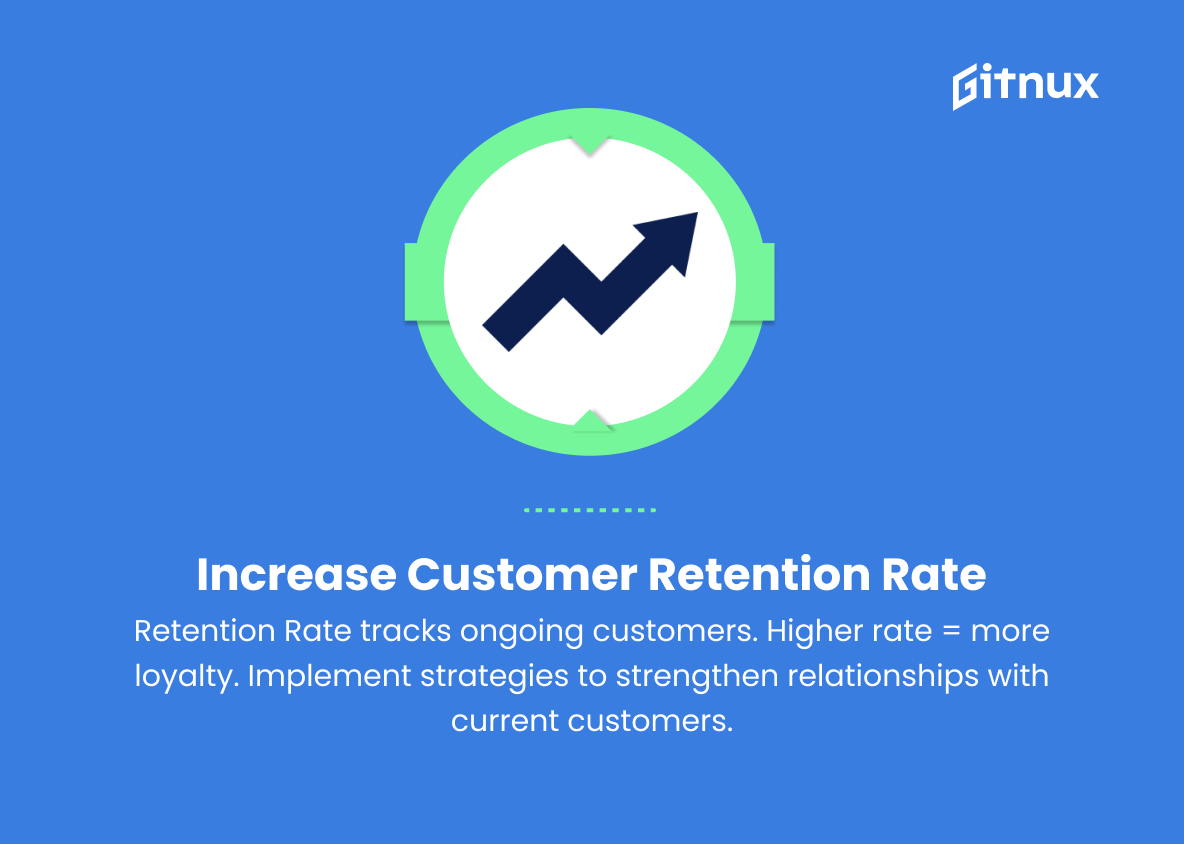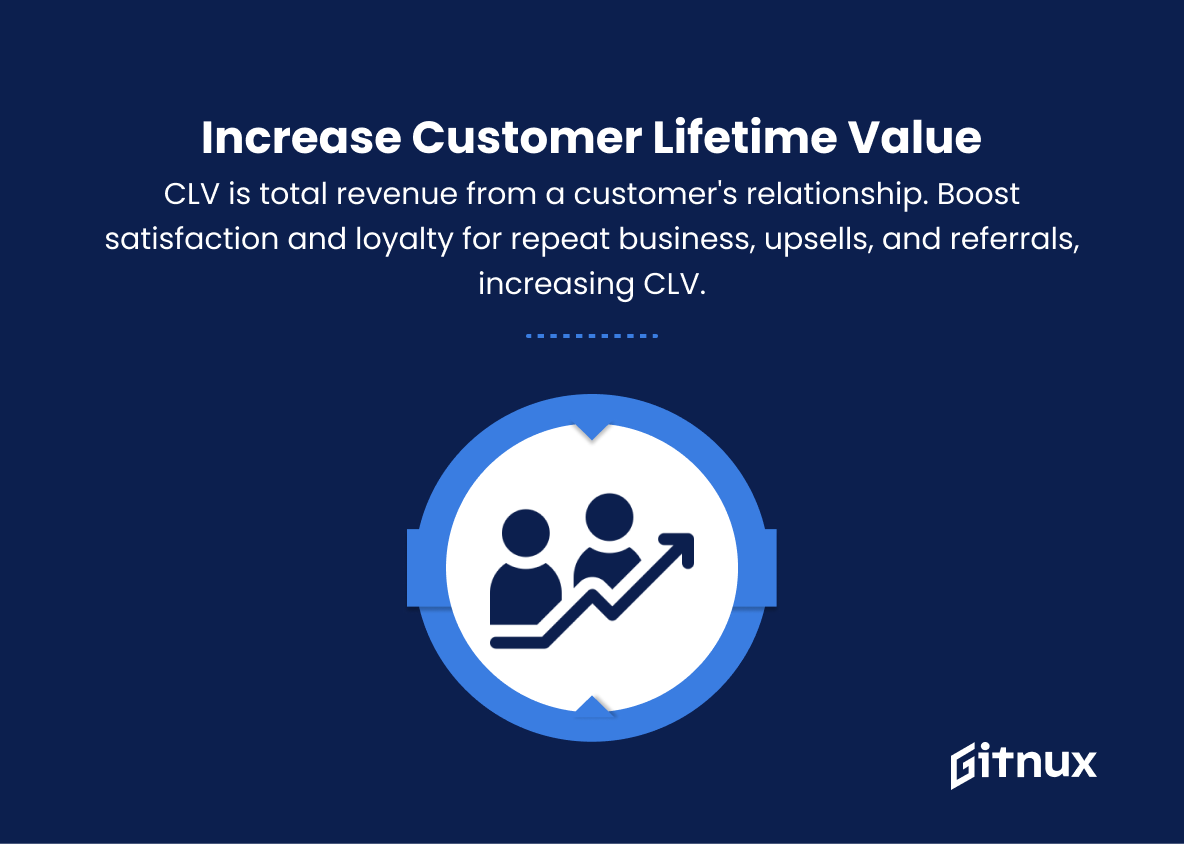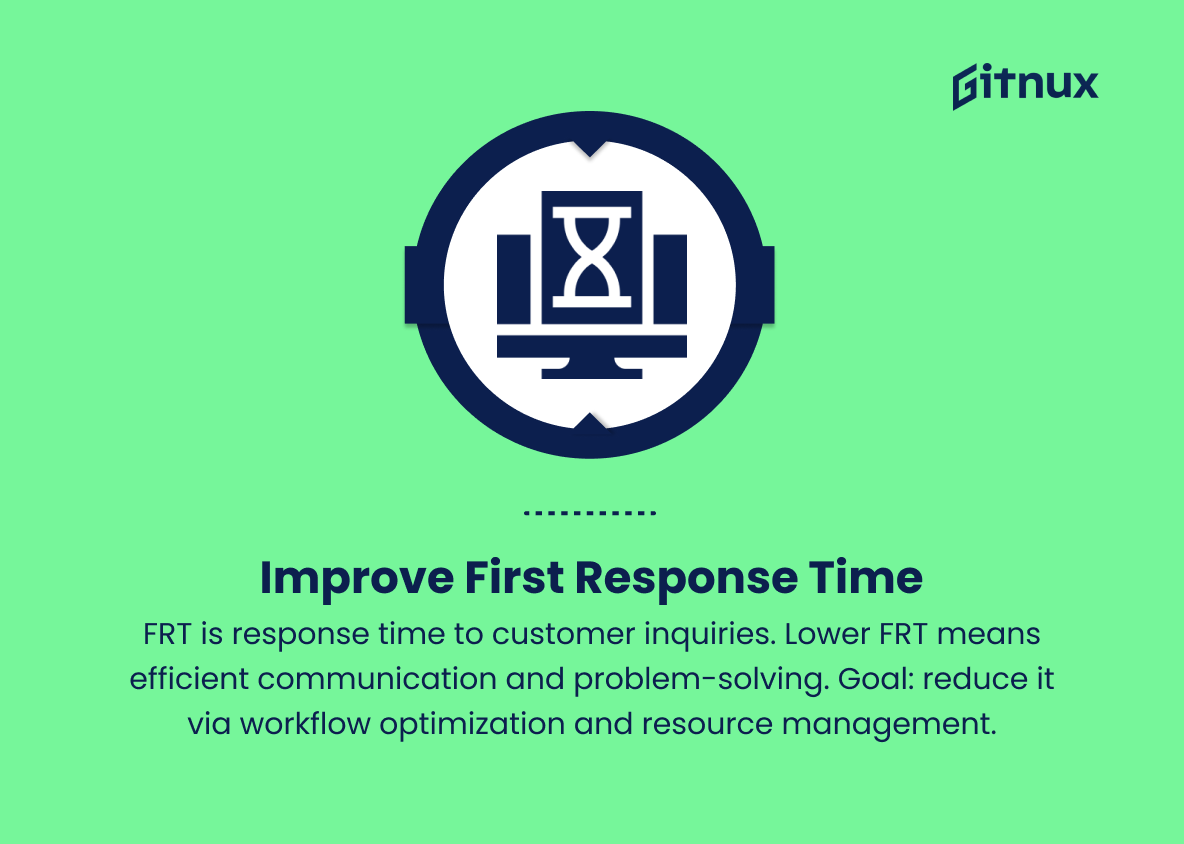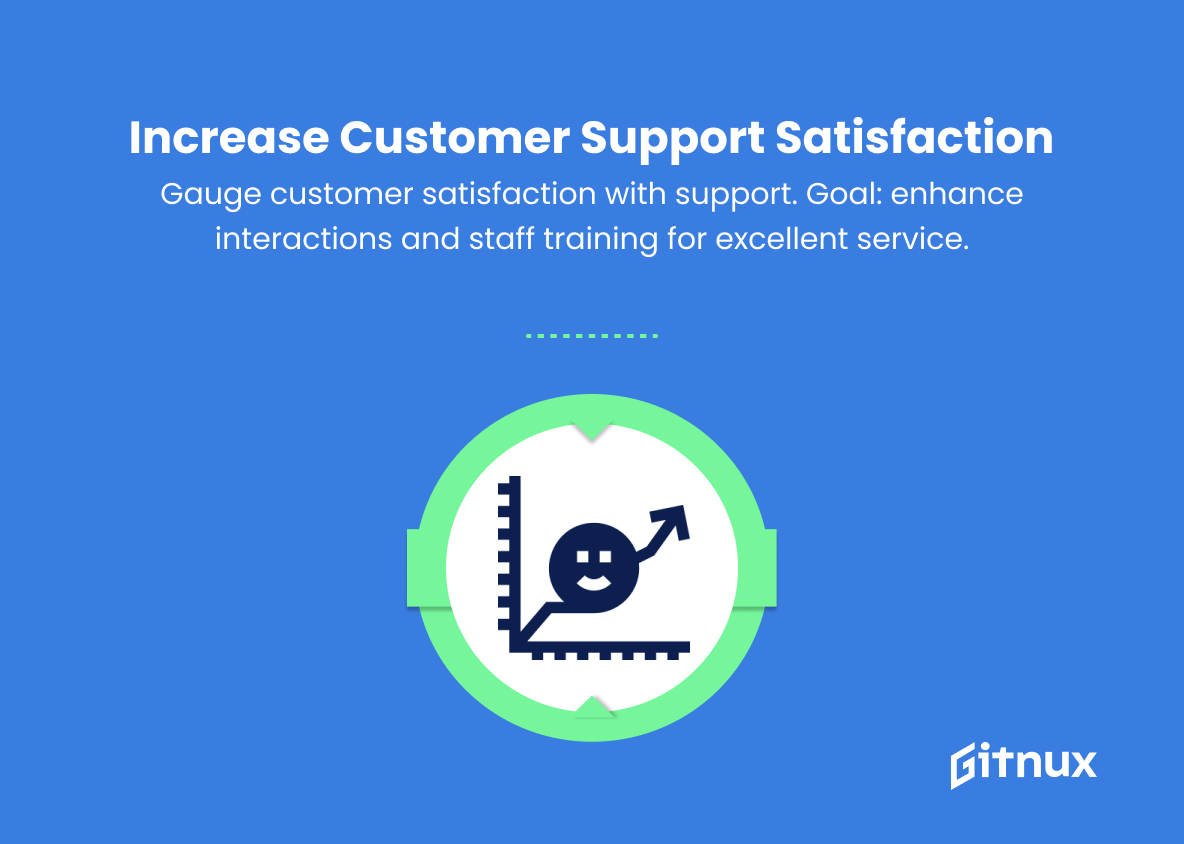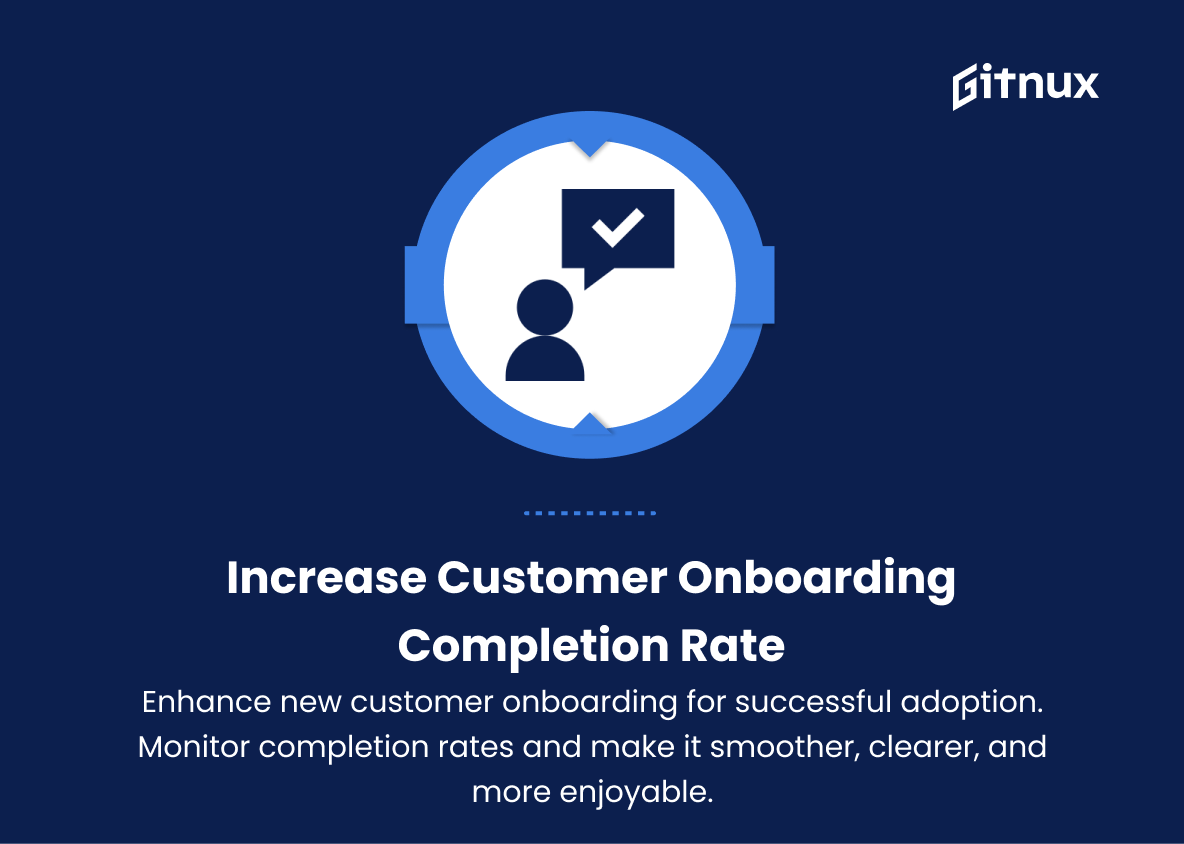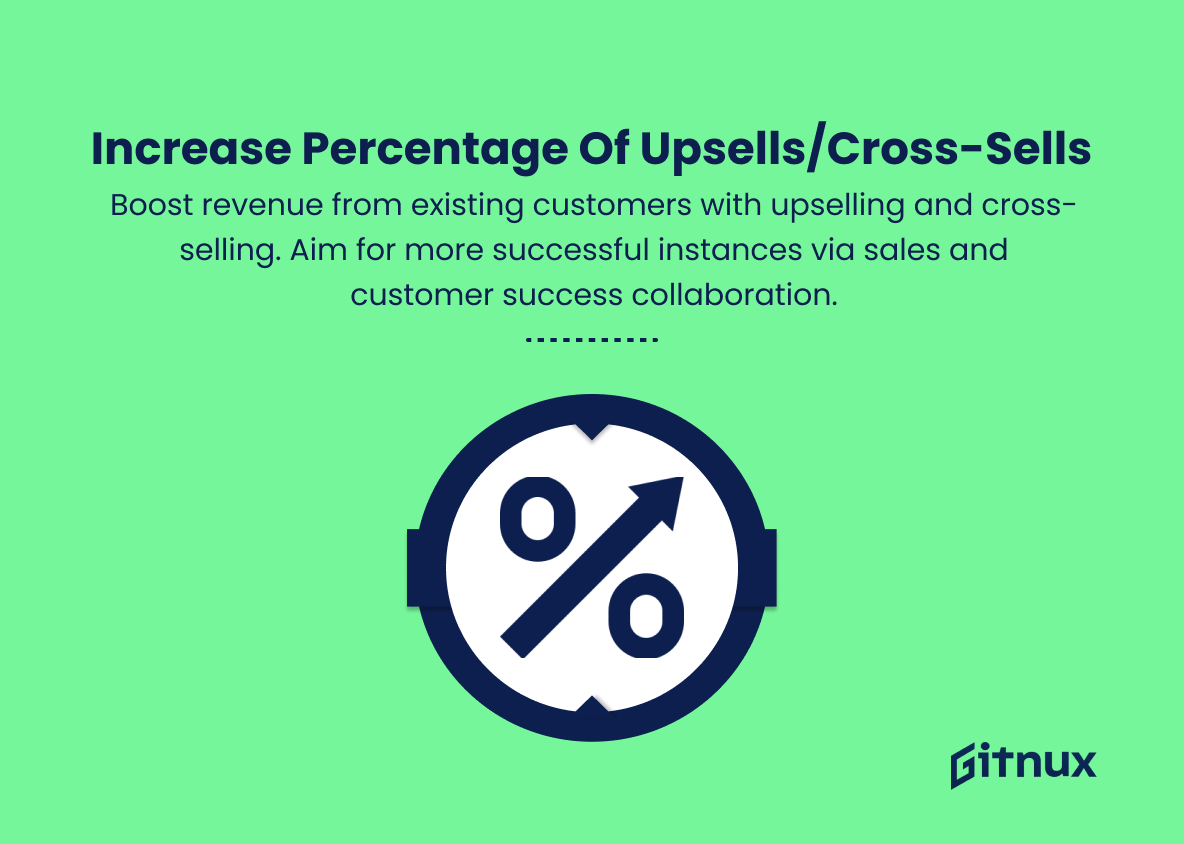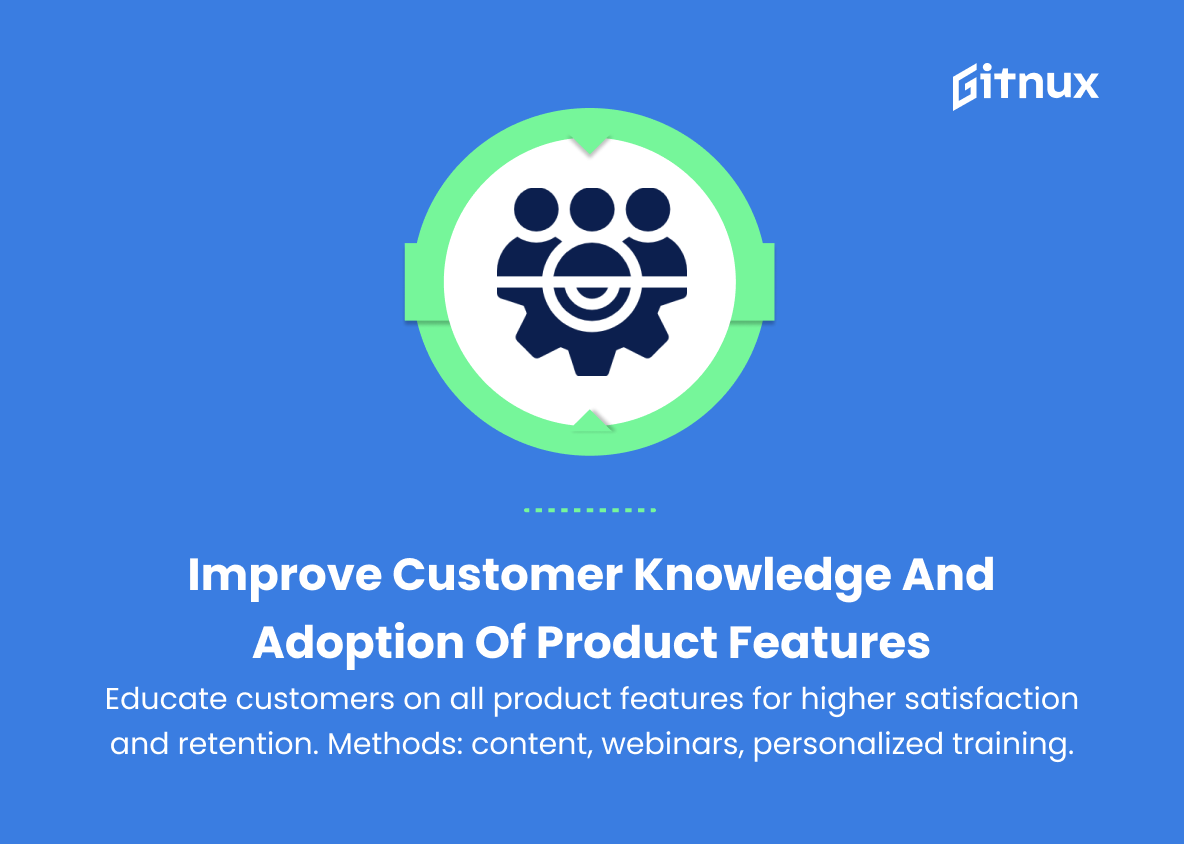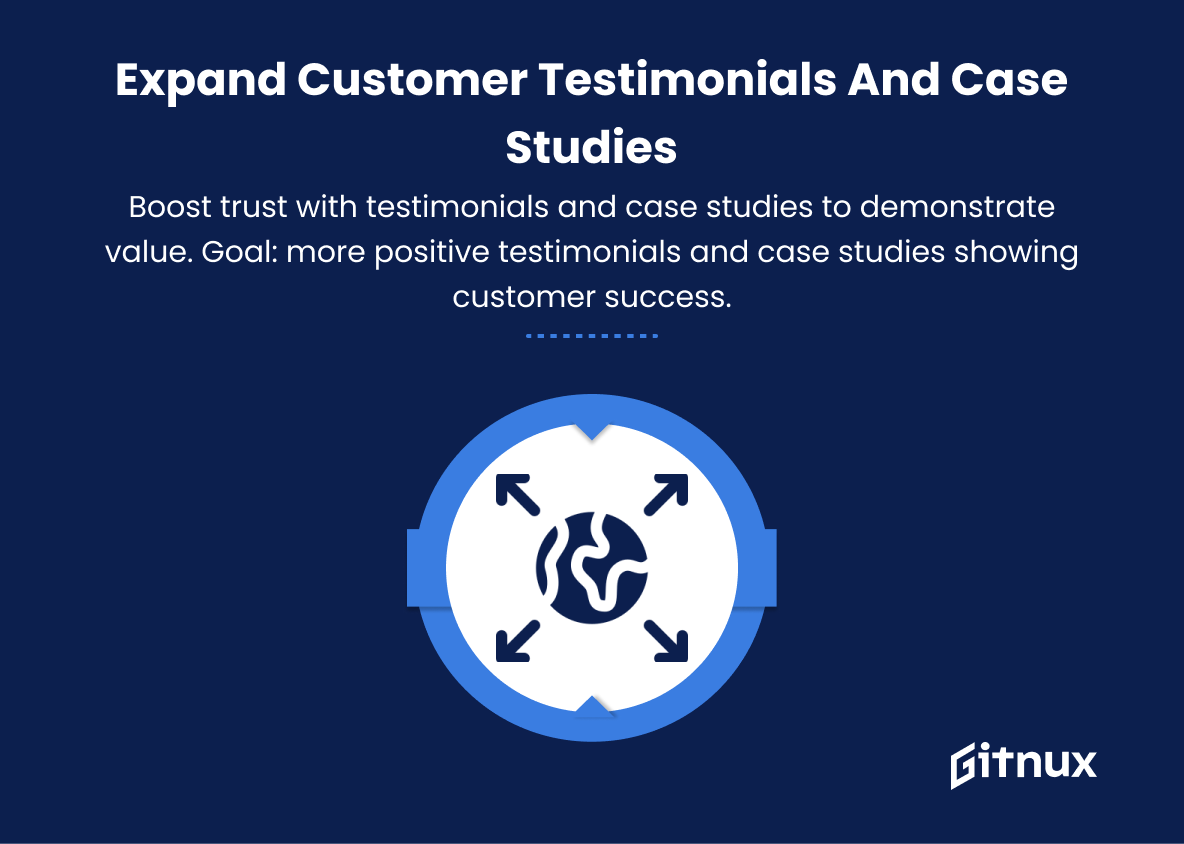In today’s fast-paced business landscape, customer satisfaction is undeniably a key driver of business success. Companies that prioritize customer success are the ones that not only survive but thrive in an increasingly competitive market. To effectively navigate this paradigm, organizations across the globe are turning to Objectives and Key Results (OKRs) as a strategic framework to create an exceptional customer experience.
In this blog post, we will delve deep into the world of Customer Success OKRs, discussing their importance, how to create impactful and measurable objectives, and best practices for implementation. Join us as we embark on a journey to ensure exceptional customer success and drive business growth through the power of OKRs.
You Should Know
1. Increase Net Promoter Score (NPS)
The Net Promoter Score reflects customer satisfaction and loyalty. A high NPS indicates that customers are likely to recommend your product or service to others. The objective is to increase NPS by a certain percentage or reach a specific target score.
2. Decrease Customer Churn Rate
Customer Churn Rate is the percentage of customers lost within a specific period. This objective focuses on reducing customer churn by improving customer retention strategies, addressing customer pain points, and improving the overall customer experience.
To effectively navigate this paradigm, organizations across the globe are turning to Objectives and Key Results (OKRs) as a strategic framework to create an exceptional customer experience.3. Increase Customer Retention Rate
The Customer Retention Rate measures the number of customers who continue to use your product or service over time. A higher retention rate indicates stronger customer loyalty. Implement strategies to maintain and strengthen relationships with existing customers to achieve this goal.
4. Increase Customer Lifetime Value (CLV)
CLV is the total revenue a customer generates throughout their relationship with a company. By increasing customer satisfaction and loyalty, you can improve the likelihood of repeat business, upsells, and referrals, ultimately increasing the CLV.
5. Improve First Response Time (FRT)
FRT measures how quickly your team responds to customer inquiries or support requests. A shorter FRT demonstrates a commitment to effective communication and timely problem-solving. Aim to reduce your FRT by optimizing your support workflow and managing resources efficiently.
By improving Customer Lifetime Value (CLV), businesses can capitalize on repeat business, upsells, and referrals, translating to increased revenue.6. Increase Customer Support Satisfaction (CSS)
Measure how satisfied customers are with the assistance they have received from your customer support team. This OKR focuses on improving customer support interactions and training support staff to provide the best possible service.
7. Increase customer onboarding completion rate
This OKR aims to improve the onboarding experience for new customers, ensuring they adopt your product or service successfully. Monitor the percentage of customers who complete the entire onboarding process and implement improvements to reduce friction, provide clear guidance, and make the experience more enjoyable.
8. Increase percentage of upsells/cross-sells
Upselling and cross-selling are tactics for increasing revenue from existing customers by offering additional products or services. This OKR targets a designated increase in the number of successful upsells and cross-sells, requiring the sales and customer success teams to collaborate closely.
9. Improve customer knowledge and adoption of product features
Educate customers on the full range of product features and benefits, leading to increased customer satisfaction and retention. This OKR could involve creating instructional content, hosting webinars, or providing personalized training sessions.
10. Expand customer testimonials and case studies
Testimonials and case studies help to build trust with prospective customers and showcase the value of your product or service. This OKR aims to increase the number of positive customer testimonials and case studies, reflecting the effectiveness of your customer success efforts.
Customer Success OKRs Explained
Customer Success OKRs play a critical role in ensuring a business grows and thrives by focusing on customer satisfaction, loyalty, and ongoing engagement. These objectives are essential for driving higher Net Promoter Scores (NPS), showcasing the quality of the product or service as customers are happy to recommend it to others. Reducing Customer Churn Rate and increasing Customer Retention Rate allow businesses to maintain their client base, fostering long-term relationships and reducing customer attrition. By improving Customer Lifetime Value (CLV), businesses can capitalize on repeat business, upsells, and referrals, translating to increased revenue.
To ensure seamless communication and support, optimizing First Response Time (FRT) and Customer Support Satisfaction (CSS) is crucial as it demonstrates the company’s dedication to addressing issues promptly and effectively. Helping customers through the onboarding process and increasing the completion rate allows for a smooth transition and successful adoption of the product or service. By boosting the percentage of upsells and cross-sells, businesses can maximize their revenue potential from existing customers, fostering further collaboration between sales and customer success teams.
Educating clients on product features and benefits leads to enhanced customer satisfaction and retention, furthering growth and loyalty. Finally, by expanding customer testimonials and case studies, companies can highlight their successful customer success efforts, build trust with prospective customers, and showcase the value of their product or service offering.
Conclusion
In summary, Customer Success OKRs are a vital tool for any organization striving towards growth and long-lasting client relationships. They guide organizations toward a customer-centric culture and ensure that customer needs remain at the forefront of every decision. By setting clear objectives and measurable key results, teams will focus their efforts effectively and see tangible improvements in customer satisfaction and loyalty.
As more businesses recognize the value of customer success strategies, implementing well-crafted OKRs will be a key driver in staying ahead of competitors and establishing one’s brand as a customer-focused leader. It is crucial that organizations regularly revisit and refine their OKRs to stay aligned with changing customer needs and maintain their commitment to excellence.


